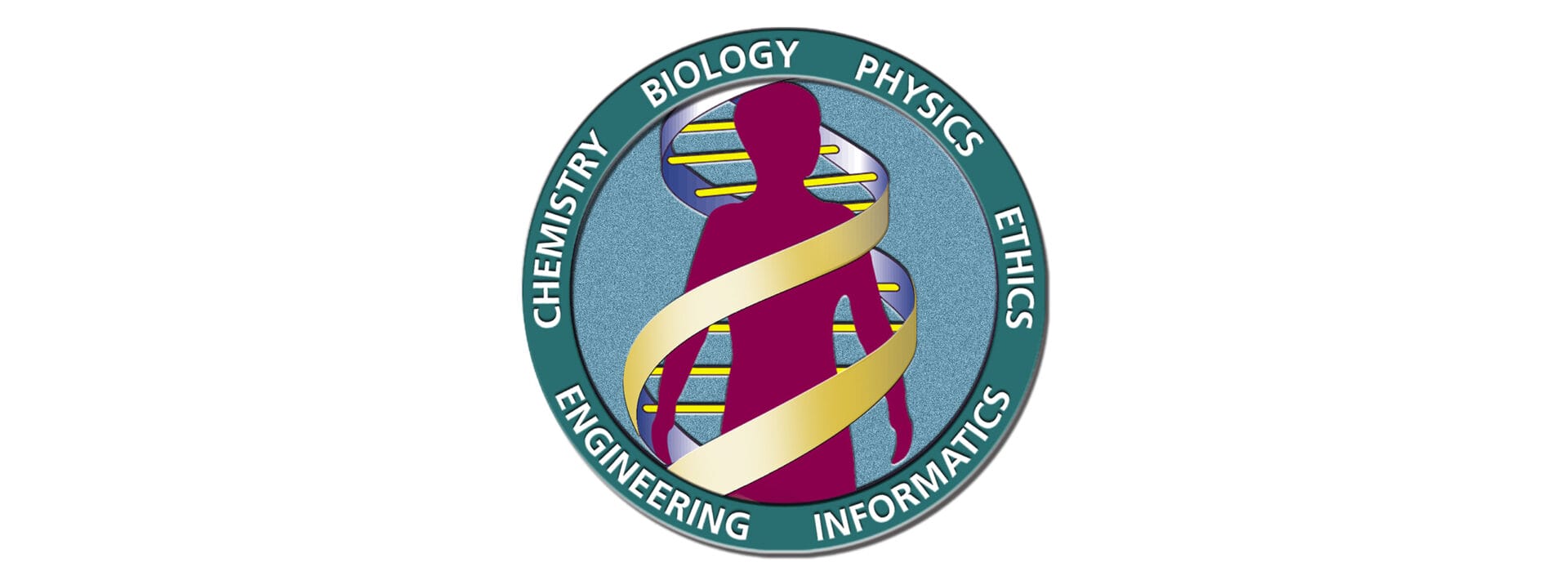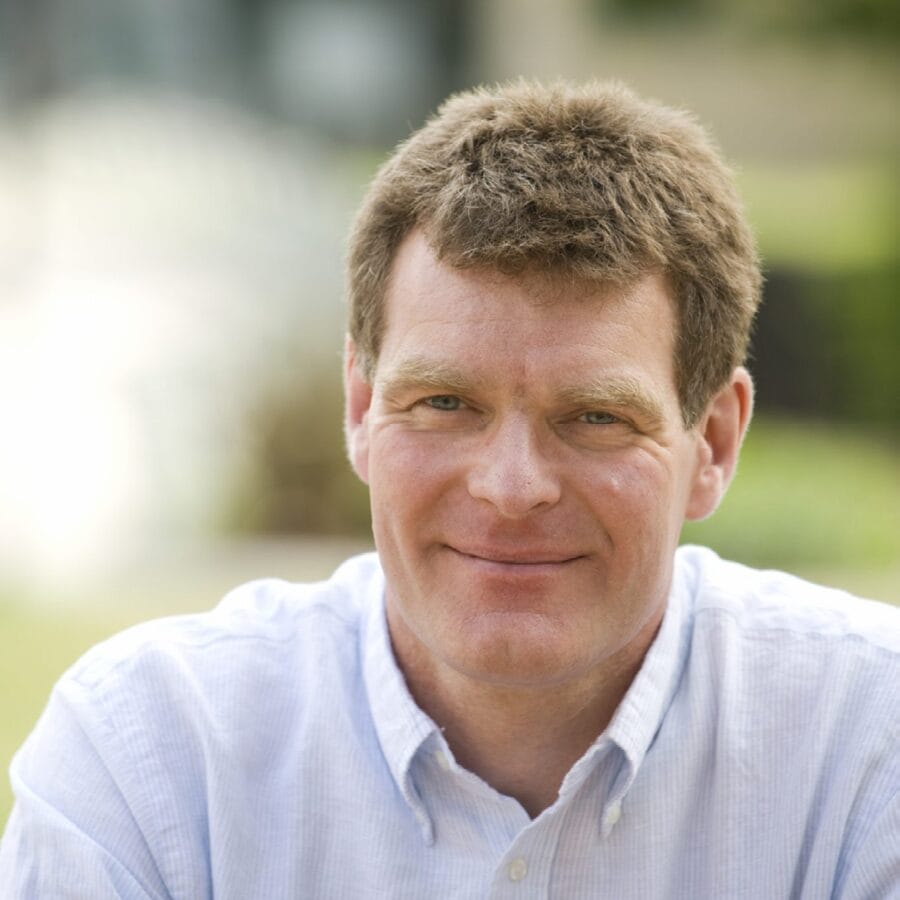The Human Genome Project

The Human Genome Project was a large, international project that generated the first sequence of the human genome.
- The Human Genome Project aimed to generate the first sequence of the human genome.
- It ran from 1990-2003 and was the largest international collaboration ever undertaken in biological research, involving thousands of scientists from across the world.
- The project unlocked vital information about human genomics and dramatically influenced the way we study human biology and medicine and approach open access science.
What was the Human Genome Project?
- The genome is the complete set of instructions a body needs to function.
- It’s formed of a long DNA molecule, which is made up of four building blocks, or bases, called A, T, C and G. The human genome is made up of 3.2 billion bases.
- These bases can be arranged in many different orders, known as a sequence. This forms specific instructions for a cell to follow – just like the order of letters form specific words and sentences.
- The Human Genome Project set out to read and record the entire human genome sequence. It achieved more than 92% of the genome – as much as was technologically possible at the time. Various projects have slowly filled up the missing 8%, with the complete sequence published in 2022.
- The project also sequenced the genomes of other organisms that are heavily used in research, including the baker’s yeast, the bacterium E. coli, the mouse, the fruit fly and the nematode worm.
Who was involved in the Human Genome Project?
- Worldwide collaboration was essential for the Human Genome Project, which was the largest biomedical research undertaking of the 20th century.
- Thousands of scientists took part in the project, from 20 institutions across France, Germany, Japan, China, the UK and the US.
- The UK side of the project was led by John Sulston, the then director of the Wellcome Sanger Institute (at that time, called the Sanger Centre). The Sanger Centre was the largest single contributor to the project, sequencing 30% of the genome and decoding chromosomes 1, 6, 9, 10, 13, 20, 22 and X.

"Completing the human genome is a vital step on a long road but the eventual health benefits could be phenomenal."
Professor Allan Bradley, Director of the Wellcome Sanger Institute from 2000 to 2010.
What has the sequenced human genome been used for?
- The completed human genome sequence provided the ‘blueprint’ for the instruction manual our bodies use to function. All genomes sequenced since have been compared to this blueprint.
- It is freely available for anyone to use and has been the starting point for the past two decades’ worth of discoveries.
- The sequenced genome has revealed important information about how genes are organised, how they function, and how changes to DNA can lead to genetic conditions and diseases like cancer. This is helping to develop more effective medicines.

"Let us continue to work together to ensure that the enormous benefits from this new knowledge flow to all and not just to the few."
Professor Allan Bradley, Director of the Wellcome Sanger Institute from 2000 to 2010.
Asking social and ethical questions
The vast amount of information unearthed by the Human Genome Project has helped scientists to ask and answer many biological questions.
It’s also identified many social and ethical issues for us all to consider.
Read more about one of these important ethical questions: should babies have their genome sequenced at birth?